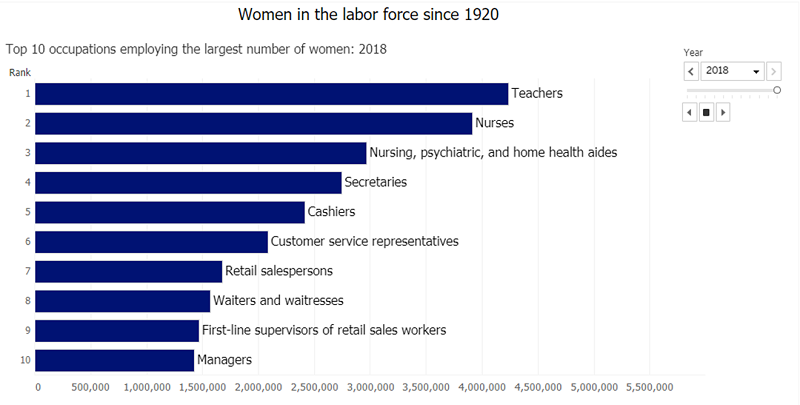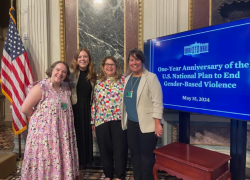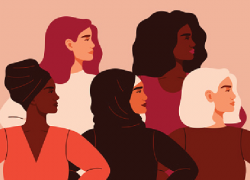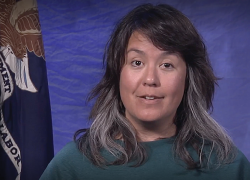
On June 5, 1920, the Women’s Bureau was established in the U.S. Department of Labor with the duty to “formulate standards and policies which shall promote the welfare of wage-earning women, improve their working conditions, increase their efficiency, and advance their opportunities for profitable employment.”
Today, the Women’s Bureau honors its centennial. For 100 years, the Women’s Bureau has been championing working women and the issues they care about most.
As we look ahead, it is important to highlight the accomplishments women have made in the workforce over the last 100 years. Using data from the Census and the American Community Survey, the Women’s Bureau published an interactive visualization to display how the landscape for working women has changed over time. The interactive features data on the top 10 occupations employing the largest number of women, the number of women in the workforce, and the share of women employed in the top 10 occupations for each decade from 1920 to 2018. View the interactive on the Women’s Bureau’s interactive visualization on women in the labor force since 1920.
Here are seven highlights:
- In 1920, 8.2 million women were working, representing 20.3% of the workforce, while in 2018 there were was 78.6 million women working, representing 47.3% of the workforce.
- Domestic service/maid/private household worker was the most common occupation for women in 1920.
- Farming and laundering are two occupations that have not been in the top 10 since the 1930s.
- Teaching has been a top 10 occupation for women in every decade from 1920 to today, while nursing has been a top 10 occupation since the 1950s.
- In the 1930s, 1940s, and 1950s, the top occupation employing women was “operatives.” Women working in this occupation were primarily factory workers in apparel and textile manufacturing. In each of these decades, the number of women in the workforce increased.
- The share of women employed in the top 10 occupations in each decade rose from 52.8% in 1920 to a high of 69.8% in 1950, but fell to 32.8% in 2018, indicating greater diversity in job opportunities for women today.
- In 2018, teachers and nurses were the top two occupations employing the largest number of women. There were 4.2 million teachers and 3.9 million nurses; combined they have about the same population of all women workers from 1920.
As women have progressed in the workforce over the past 100 years, the Women’s Bureau’s mission has remained the same. We are dedicated to representing and advocating for the welfare and opportunities of wage earning women. At the Women’s Bureau, we have adapted our work to the changing needs of women over time. From studying the working conditions of women in the 1920s and 1930s, to advocating for equality in the workplace in the 1960s, to supporting access to child care and paid leave today, the Women’s Bureau has met its mandate to research the issues and pioneer innovative policies and programs as the landscape of the workforce changes for women.
As we honor the 100th anniversary of the Women’s Bureau, we are also looking toward the future by increasing opportunities for women in the workforce. Learn more at dol.gov/wb.
Amy Dalrymple is a policy analyst and presidential management fellow, and Christin Landivar is a senior researcher in the U.S. Department of Labor's Women's Bureau.

 U.S. Department of Labor Blog
U.S. Department of Labor Blog



